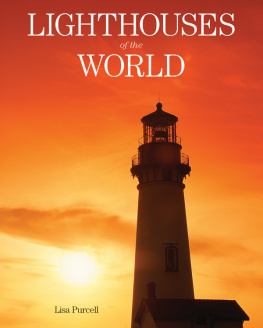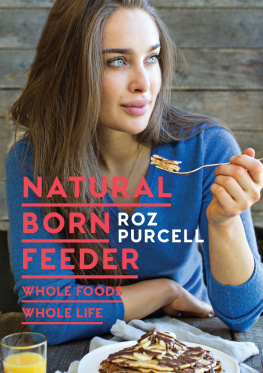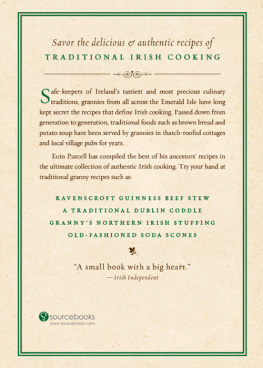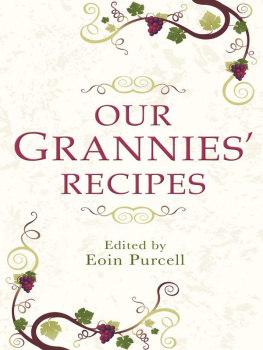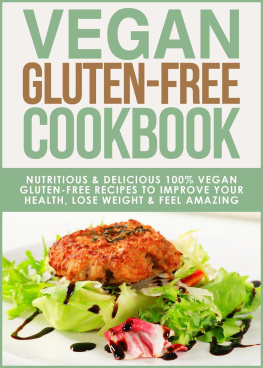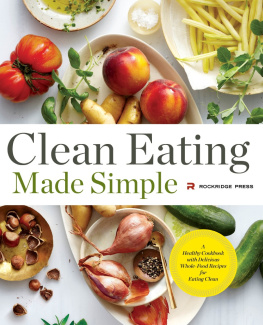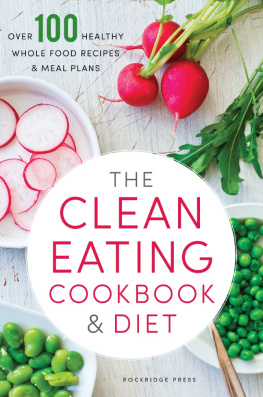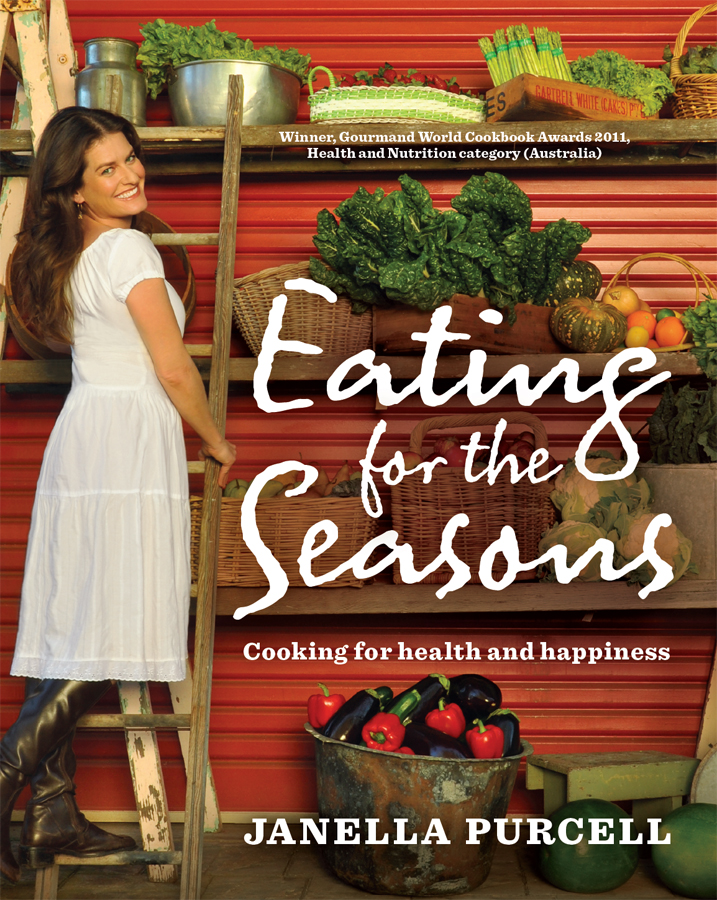Dedicated to my grandmother Veronica
who passed away in 2010.
She lives in me.
This book is intended as a cookbook and a source of information, not as a medical reference book. The reader is advised not to attempt self-treatment for serious or long-term problems without consulting a health professional.
Neither the author or the publisher can be held responsible for any adverse reactions to the recipes, recommendations and instructions contained in the book and the use of any ingredient is entirely at the readers own risk.
First published by Allen & Unwin in 2011
Copyright 2011 Janella Purcell
All rights reserved. No part of this book may be reproduced or transmitted in any form or by any means, electronic or mechanical, including photocopying, recording or by any information storage and retrieval system, without prior permission in writing from the publisher. The Australian Copyright Act 1968 (the Act) allows a maximum of one chapter or 10 per cent of this book, whichever is the greater, to be photocopied by any educational institution for its educational purposes provided that the educational institution (or body that administers it) has given a remuneration notice to Copyright Agency Limited (CAL) under the Act.
Allen & Unwin
83 Alexander Street
Crows Nest NSW 2065
Australia
Phone: (61 2) 8425 0100
Fax: (61 2) 9906 2218
Email:
Web: www.allenandunwin.com
Cataloguing-in-Publication details are available from the National Library of Australia
www.trove.nla.gov.au
ISBN: 9781743434970 (ebook).
Design: Emily ONeill
Food stylist: Jody Vassallo
Photographer: Billy Wrencher
Home economist: Amelia Hamilton
The author and publisher would like to thank the following for their generous help:
Melrose Foods
Heart Breads, Byron Bay
The Bay Seafood Market, Byron Bay
Mud Australia
Heath's Old Wares
Colour reproduction by Splitting Image, Clayton, Victoria
Printed in China by South China Printing Co.
Contents

Introduction
Growing up with a Lebanese mother, you can well imagine how food, cooking and eating were an integral part of my childhood. As a young girl I learnt to cook at my grandmother and mothers knees, making their traditional dishes.
It was generally a healthy diet, in moderation, but I struggled with my health and weight. Certain foods definitely did not agree with my body, but I wasnt sure what I should eat instead.
In my twenties I decided to study naturopathy and nutrition to find out what was going on. Through extensive reading, I became aware that different foods have different kinds of energy. Some foods move energy up and out, others down and in. These discoveries led me to an ongoing study of Traditional Chinese Medicine. Thousands of years old, this ancient discipline talks about why we should eat food when it is in season and the effects that food and our emotions have on different organs in our bodies. This explained so much to me, and the jigsaw puzzle started to come together.
But its not all about the food. Its also the amount eaten and the time of day it is consumed, as well as the mood you are in when you eat. As I developed a more wholistic approach to health, the notion of balance in other areas of my lifegetting appropriate exercise, having enough sleep and clean water, understanding my emotions, knowing what my needs were and how to get them met and, most importantly, knowing and accepting my worthalso became important. Essentially, it was about living a balanced life.
Living in balance forms the basis of the Japanese macrobiotic diet; a diet that also shows us the importance of eating food that naturally grows around us. This knowledge is now being recognised in the west and its wisdoms are evident in the way we are changing our habits. Were becoming more hands-on with our food. Many of us have vegie patches in our backyards and we are shopping more often at growers markets, where the produce is straight from the farms and in season. It is clear at these markets that we have no need, for example, to eat watermelon in winter due to its lack of availability, and the farmers can offer us first-hand advice about their harvests.
I now knew what to eat, when, how and why. I was excited to realise that what Id learnt on my journey was of value to others and so I wrote my first book, Elixir, showing how to use the food you eat as medicine. The feedback I receive from readers is so encouraging. Many are keen to learn more about food as medicine, and the interconnectedness of the body, mind and spirit. A recipe book was the obvious next step.
It gives me so much pleasure to share what Ive learnt thus far in Eating for the Seasons. To know how to properly nourish and nurture yourself and the ones you love will be one of the most empowering things you will ever learn. Welcome to a healthy relationship with food. This is where it begins.
Janella Purcell
Janellas principles of good food

Eating seasonally gives your body the food it needs, as thats what is growing around you. Nature knows, for example, that in summer you dont really want or need a heavy meal; instead, if youre listening, youll lean towards light food that is either mostly raw or has been quickly cooked. And in the cooler months, coming home to a bowl of salad isnt that appealing. If you ignore your bodys needs, symptoms will result to let you know that something is not quite right.
Eating for the Seasons is based on Asian principles. Ive made sure that in each season of the year, youll find delicious, nutritious and healthy foods for every part of the day. And best of all, this food is easy to prepare.
For every season there is an object, an organ that is most sensitive and a different emotion that will be associated with that time of year. Its important to be aware of this, as it will help you work out why youre feeling the way you do or why at the same time every year you get the same symptoms. For example, in spring you may get headaches and feel angry, in summer sluggish and worried, in autumn you may suffer chest infections and feel sad, and in winter you may be inclined towards urinary tract infections and feel isolated, alone and anxious. By eating what you need youre giving you body, mind and spirit the best chance at balance.
Youll notice that there are no recipes for red or white meat in my book. I dont eat red or white meat but, if you do, Ive made simple suggestions for varying some of the recipes. Once you feel comfortable with eating to nurture your body, youll feel confident to add new ingredients you may not have used before and remain mindful of the principles of healthy eating.
When selecting ingredients to cook, make sure they are the real thing. For instance, maple syrup may not be maple syrup but an imitation. If possible, select organic or biodynamic foods over intensively-farmed produce. Theyre better for you, and there is no substitute for good quality produce. I also only use filtered water in my recipes, and I recommend this to my clients.


